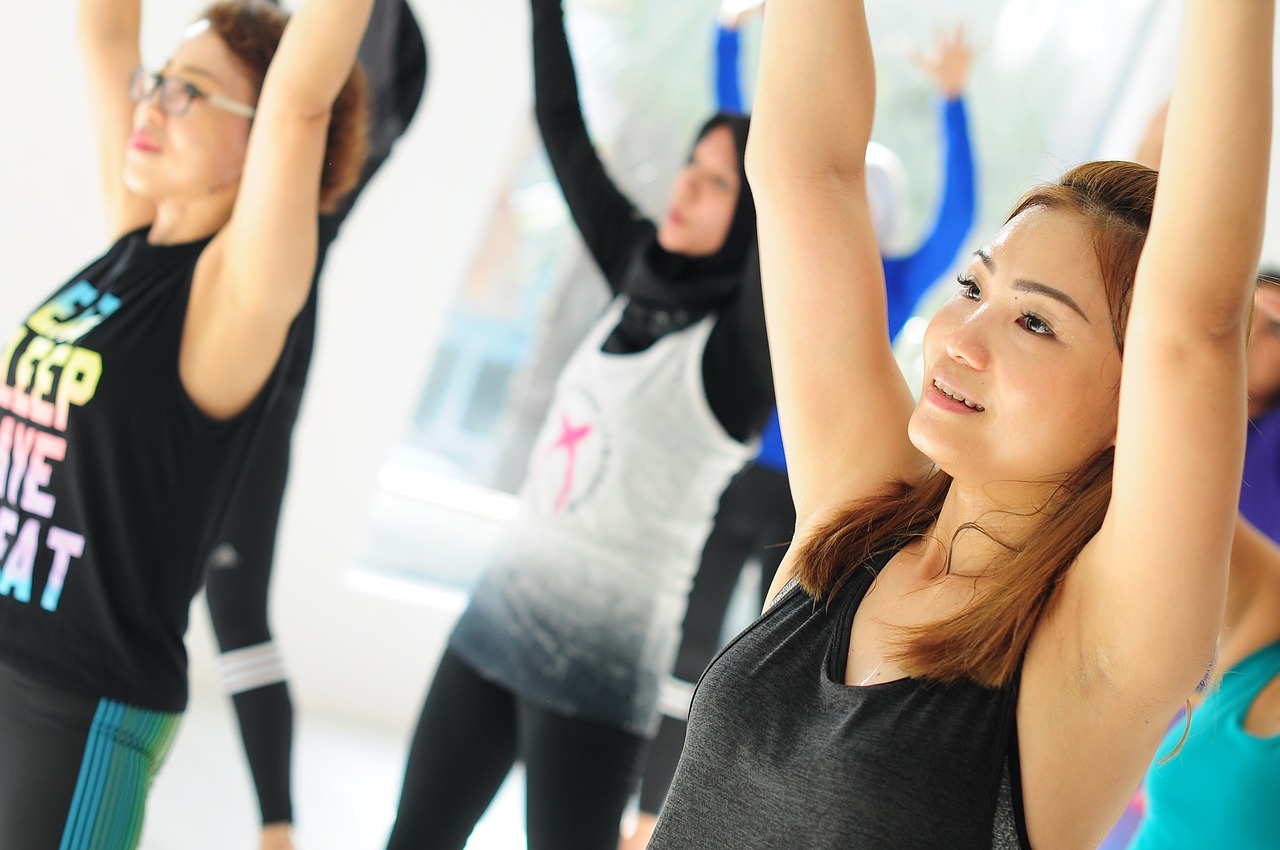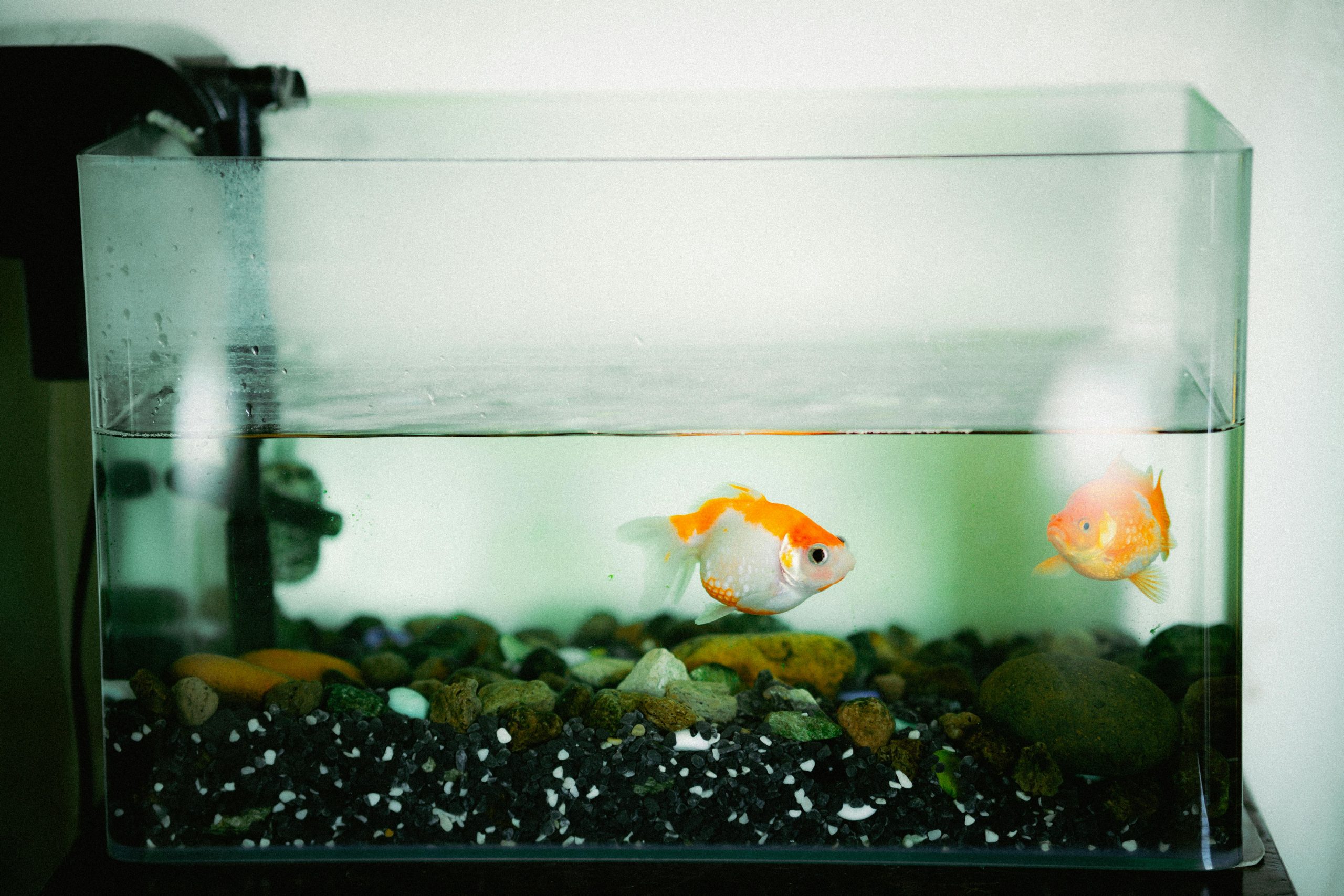Table of Contents
![]()
As the winter months approach, many people find it challenging to maintain their exercise routines due to shorter days, colder temperatures, and unpredictable weather. However, staying active during this time is crucial for both physical and mental well-being. This article explores effective strategies for overcoming winter barriers and staying fit throughout the season.
Importance of Staying Active
Staying active during winter offers numerous benefits:
- Physical Health: Regular exercise helps maintain cardiovascular health, muscle strength, and flexibility. It can also prevent weight gain and support immune function, which is particularly important during flu season.
- Mental Health: Exercise is known to boost mood and reduce symptoms of depression and anxiety. With reduced daylight and colder temperatures, maintaining an active lifestyle can help counteract the winter blues and improve overall mental well-being.
Overcoming Seasonal Barriers
Dealing with Reduced Daylight
- Importance of Light Exposure: Limited sunlight can impact mood and energy levels. Aim to get outside during daylight hours whenever possible, and consider using a light therapy box to simulate natural light.
- Tips for Maximizing Daylight Hours: Schedule workouts during peak daylight hours or utilize indoor spaces with good lighting. If your schedule is tight, try incorporating brief outdoor activities like a lunchtime walk.
Addressing Cold Weather Concerns
- Proper Clothing and Gear: Invest in thermal layers, moisture-wicking fabrics, and insulated outerwear to stay warm and dry. Gloves, hats, and thermal socks are essential to protect extremities from the cold.
- Safe Outdoor Activity Tips: Ensure paths are clear of ice and snow to avoid slipping. Dress in layers so you can adjust as needed, and stay hydrated as even in cold weather, hydration is important.
Navigating Bad Weather
- Alternative Indoor Activities: On days when outdoor exercise is impractical, consider indoor alternatives such as yoga, pilates, or dance. Many gyms offer group fitness classes that can provide both structure and motivation.
- Safety Precautions for Outdoor Activities: If you choose to exercise outside, be mindful of weather conditions. Check forecasts for extreme cold or storms, and adjust plans accordingly.
Indoor Exercise Options
Home Workouts
- Bodyweight Exercises: Simple bodyweight exercises such as push-ups, squats, and planks can be highly effective and require no equipment. These exercises help build strength and endurance without needing a gym.
- Strength Training: Utilize free weights or resistance bands for a more challenging workout. Incorporate exercises like bicep curls, shoulder presses, and leg lifts to target various muscle groups.
- Cardio Workouts: Incorporate high-intensity cardio exercises like jumping jacks, high knees, and burpees into your routine. These exercises can elevate your heart rate and provide a solid cardiovascular workout.
Fitness Equipment
- Treadmills and Exercise Bikes: Investing in a treadmill or exercise bike allows for consistent cardio workouts regardless of weather conditions. Many models include built-in programs to simulate various terrains and intensities.
- Rowing Machines: Rowing machines provide a full-body workout that engages both the upper and lower body, offering a comprehensive cardio and strength training session.
- Mini Steppers: Compact and affordable, mini steppers can be used to simulate stair climbing, providing a low-impact cardio workout suitable for small spaces.
Online Fitness Resources
- Virtual Classes: Many fitness studios and trainers offer virtual classes, allowing you to participate in guided workouts from the comfort of your home. Look for options that match your interests, such as yoga, HIIT, or strength training.
- Fitness Apps: Numerous apps provide guided workouts, tracking features, and personalized fitness plans. Popular apps include MyFitnessPal, Nike Training Club, and Fitbit.
- YouTube Channels: Many fitness enthusiasts and professionals share free workout videos on YouTube. Channels like Fitness Blender, Blogilates, and HASfit offer a wide range of workouts for various fitness levels.
Outdoor Activities
Winter Sports
- Skiing and Snowboarding: Engaging in skiing or snowboarding not only provides an exhilarating experience but also offers a great workout. Both sports improve cardiovascular health and build leg strength.
- Ice Skating: Ice skating is a fun way to enhance balance and coordination while providing a good cardiovascular workout. Look for local rinks or frozen lakes that are safely maintained.
- Snowshoeing and Cross-Country Skiing: These activities are excellent for aerobic exercise and can be a less intense alternative to downhill skiing, making them accessible for various fitness levels.
Winter Hiking
- Benefits of Winter Hiking: Hiking in winter offers a peaceful environment with fewer crowds and a chance to experience nature in a different season. It provides a good cardiovascular workout and strengthens muscles.
- Essential Gear and Safety Tips: Wear appropriate footwear with good traction, dress in layers, and bring essentials such as a map, compass, and emergency supplies. Check weather conditions before heading out.
Cold Weather Running
- Dressing Appropriately: Layer your clothing, including a moisture-wicking base layer, insulating middle layer, and a windproof outer layer. Ensure your hands, feet, and head are protected from the cold.
- Warm-Up and Cool-Down Techniques: Proper warm-up and cool-down routines are crucial to prevent injuries in cold weather. Start with dynamic stretches to increase blood flow and end with static stretches to help with recovery.
Staying Motivated
Setting Realistic Goals
- Short-Term Goals: Establish achievable short-term goals, such as completing a certain number of workouts each week or improving your endurance. Small successes can keep you motivated.
- Long-Term Goals: Set broader goals like completing a winter race or achieving a specific fitness milestone. Long-term goals provide direction and a sense of purpose.
Creating a Routine
- Scheduling Regular Workouts: Create a workout schedule that fits into your daily routine. Consistency is key to maintaining an active lifestyle, even when motivation wanes.
- Tracking Progress: Use a fitness journal or app to track your workouts and progress. Seeing improvements over time can be motivating and help you stay committed.
Finding Support
- Exercise Groups and Classes: Join local fitness groups or classes to stay motivated and accountable. Social interactions can make workouts more enjoyable and provide additional encouragement.
- Workout Buddies: Partner with a friend or family member for workouts. Exercising with a buddy can make the experience more fun and help you stay on track.
Nutrition and Hydration
Importance of a Balanced Diet
- Nutrient-Rich Foods for Energy: Focus on a diet rich in fruits, vegetables, lean proteins, and whole grains to fuel your workouts and support overall health. Foods high in antioxidants can help reduce inflammation and support recovery.
- Avoiding Winter Weight Gain: Be mindful of holiday indulgences and aim to balance treats with nutritious meals. Portion control and mindful eating can help manage weight during the winter months.
Staying Hydrated
- Hydration Needs in Winter: Even in colder weather, staying hydrated is essential. Drink plenty of water throughout the day and consider adding herbal teas or warm water with lemon.
- Incorporating Warm Beverages: Warm beverages like herbal teas or low-fat hot chocolate can be both comforting and hydrating, helping to maintain fluid balance during winter.
Conclusion
Staying active during the winter months requires a bit of creativity and planning but offers numerous benefits for both physical and mental health. By overcoming seasonal barriers, exploring a variety of indoor and outdoor activities, and maintaining motivation, you can enjoy a fit and healthy winter season. Embrace the opportunities that winter presents and make the most of this time to stay active and energized.
Share This





Be the first to comment